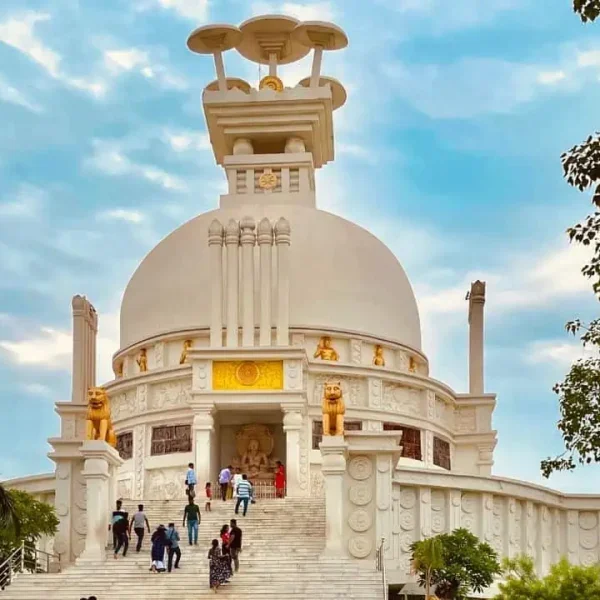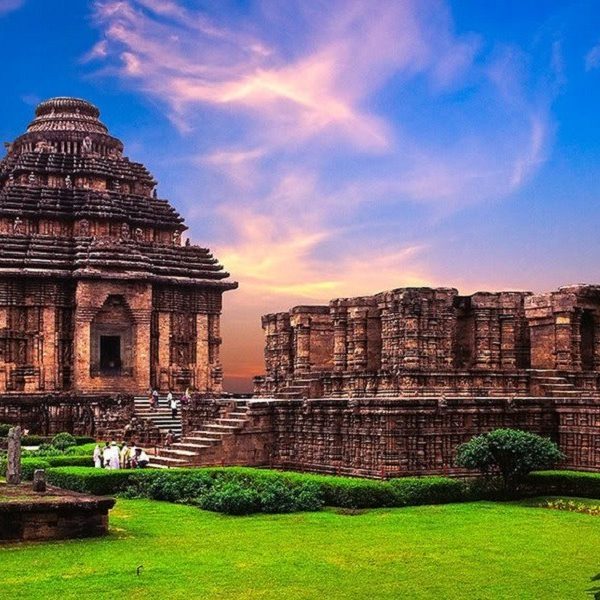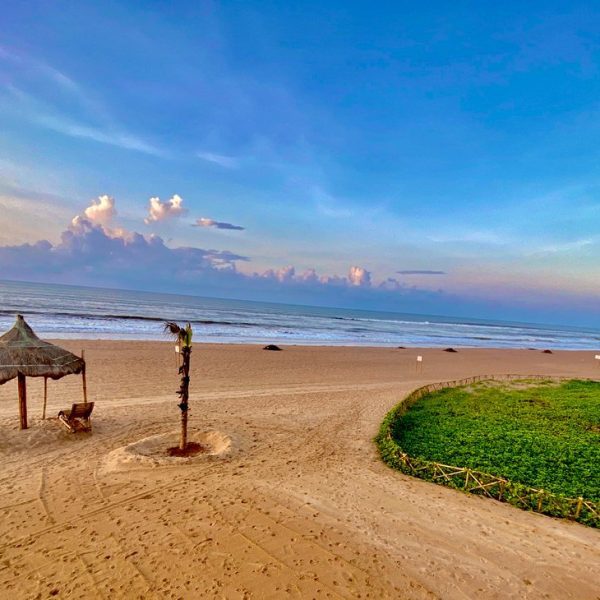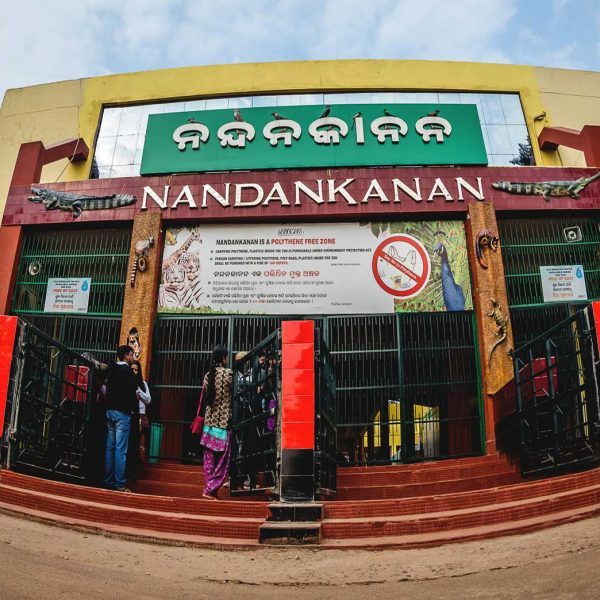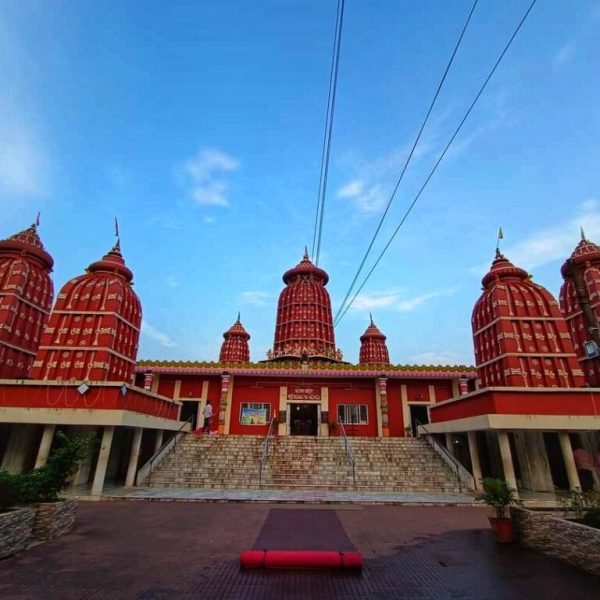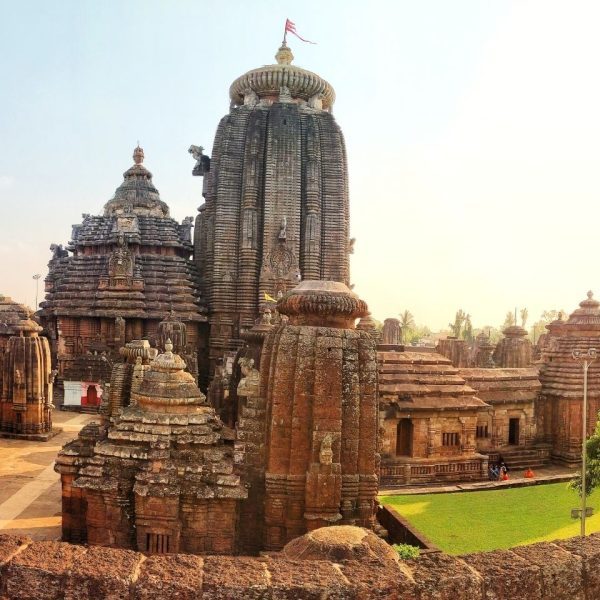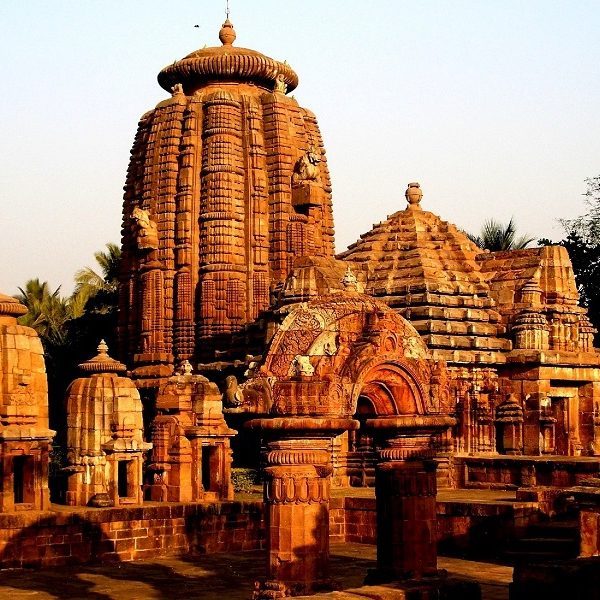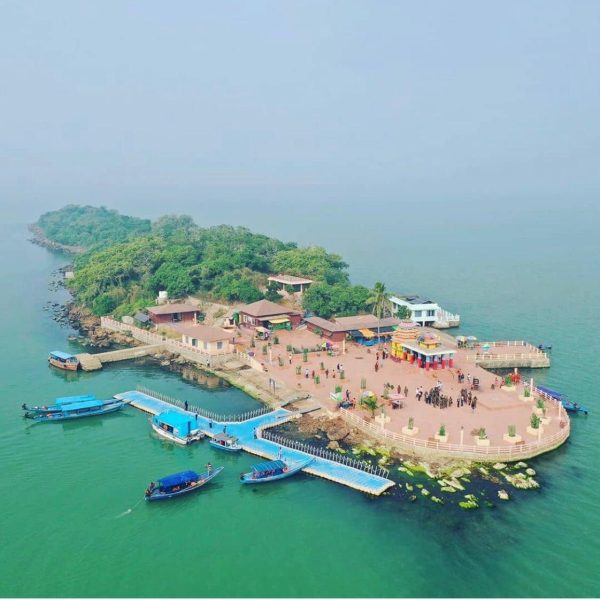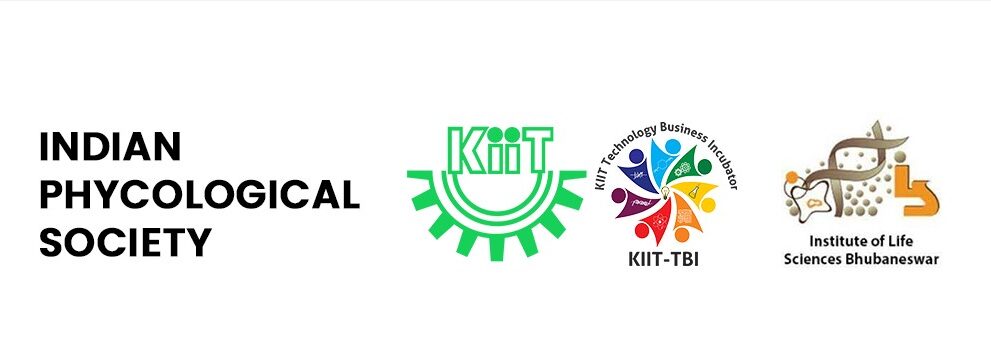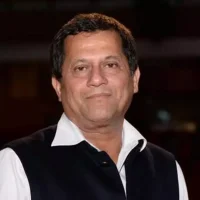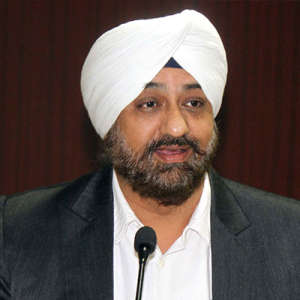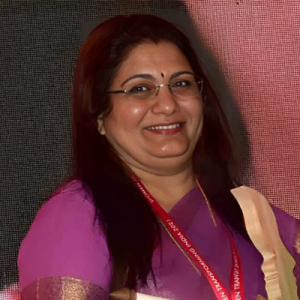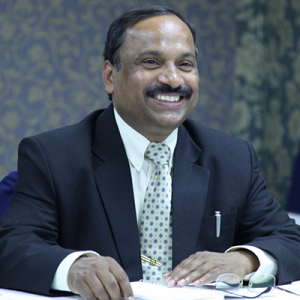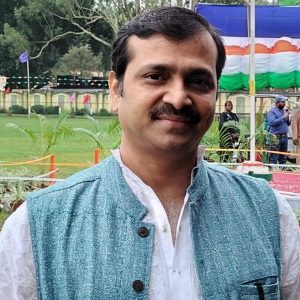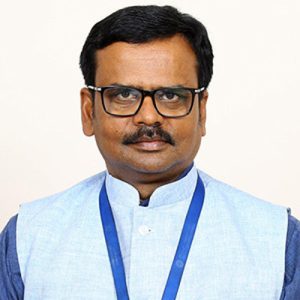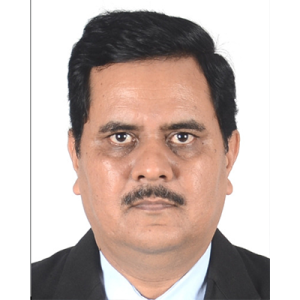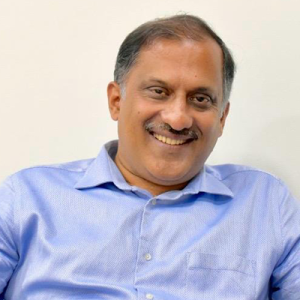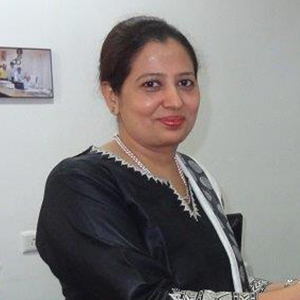Blue Economy
"Navigating Marine Ecosystem Value Chain"
Venue : Auditorium Campus-11 KIIT University, Bhubaneswar
Early Bird Registration
By 10th Feb 2024
Student: INR 800
Research Scholars/Startups: INR 1500
Faculty/Scientist: INR 2500
Industry: INR 5000

Late registration Fees
Student: INR 1200
Research Scholars/Startups: INR 2000
Faculty/Scientist: INR 3000
Industry: INR 6000

Abstract Submission Deadline
10th Feb 2024
About The Conference
India’s vast maritime potential, characterized by a 7517 km coastline, nine coastal states, and 1382 islands, holds immense promise for a sustainable harvesting-based economy. The imperative lies in strategically exploring and sustainably utilizing ocean resources, integrating capabilities to boost employment and value addition while adhering to environmental preservation and UN Sustainable Development Goals. A transparent policy framework is crucial to drive India’s Blue Economy, aiming to elevate GDP through sustainable growth and aligning with national security and international commitments. The conference feature sessions spanning Marine Biomanufacturing, Smart Aquaculture, Coastal and deep Sea Mining, Offshore Energy, Marine Pollution, Biodiversity Conservation, Disaster Management, AI for Marine Resources, Climate Change, Seaweed Cultivation, and Artificial Reef Construction. The goal is to derive strategies in line with the Swachh Bharat vision, extending to ensure cleanliness across both land (Swachh Prithvi) and seas (Swachh Sagar).
This Blue Economy Conference will be a unique platform to nurture sustainable blue economy. Over 500 participants from around the country and from diverse sectors, academia, research, startups, policymakers, and NGOs are coming together to learn how to build a blue economy that:
➤ Harnesses the potential of our oceans, seas & brackish water lagoons to improve the lives of all, particularly people in coastal states, women, youth and Indigenous peoples.
➤ Leverages the latest innovations, scientific advances and best practices to build prosperity while conserving our waters for future generations.

Seaweeds & Value Chain

Artificial Reefs

Marine Bio-Manufacturing

Climate Change

Startup, Financing & Policy

Marine Fisheries & Mariculture

Deep Sea Mining

Offshore Energy

Marine Industries, Trade Technology & Services

AI for Marine Resources

Marine Biodiversity & Conservation

Coastal Disaster Management
Organised By
➤ Indian Phycological Society, Delhi
➤ KIIT University, Bhubaneswar
➤ DBT-Institute of Life Sciences, Bhubaneswar
➤ CSIR-Institute of Minerals and Materials Technology, Bhubaneswar
➤ National Institute of Oceanography, Goa
➤ Bhubaneswar City Knowledge Innovation Cluster Foundation
India's Vision of the Blue Economy:
Origins and Global Relevance:
- Evolved from the Third Earth Summit Conference – Rio+20 in 2012, expanding the Green Economy to encompass the Blue Economy.
- Aligned with UN Sustainable Development Goal 14, emphasizing sustainable use of oceans and marine resources.
- Pioneered the Department of Ocean Development in 1981, now the Ministry of Earth Sciences (MoES).
- Launched programs like “Deep Ocean Mission,” “Oceanography from Space,” and deployed data buoys along the Indian coastline.
- Participation in the UN’s “Clean Seas Programme” and collaboration with the International Seabed Authority (ISBA) for deep ocean exploration.
Government Vision (New India by 2030):
- Designated Blue Economy as a core dimension of growth, emphasizing coherent policy integration and development for coastal communities’ well-being and employment.
- Maritime Significance:
- India’s 7517 km coastline, 1382 islands, 12 major ports, and 187 non-major ports handling significant cargo.
- 95% of India’s trade volume transits by sea.
- Coastal economy sustains over 4 million fishermen and coastal communities.
- Post-COVID-19, India anticipates substantial growth in the marine sector through efficient and sustainable use of ocean resources.
Boosting capabilities, skills, and capacities related to oceans.
- Striving for efficient, sustainable ocean resource utilization, enhancing capabilities for employment and value addition while aligning with UN SDGs.
Policy Framework Development:
- Formulating a transparent policy agenda aligned with UN Sustainable Development Goals.
- Focusing on transparent policies for the development of India’s Blue Economy.
Economic Growth and National Security:
- Enhancing GDP through sustainable economic growth in the Blue Economy domain.
- Aligning national development with security goals and international commitments.
The seven priority areas identified under Blue Economy relevant for India:
National Accounting Framework for Blue Economy and Ocean Governance
Develop methods for valuing ocean resources economically while integrating strategies for plastic elimination and a national marine litter policy. This aligns economic assessments with sustainable practices in the Blue Economy
Coastal Marine Spatial Planning and Tourism
Strategically plan coastal areas to balance tourism development with ecosystem preservation, ensuring responsible tourism practices through zoning and conservation measures.
Marine Fisheries, Aquaculture, and Fish Processing
Enhance sustainable fishing practices, innovate in aquaculture, and improve fish processing technologies to ensure food security and ecological balance.
Security, Strategic Dimensions, and International Engagement
Strengthen maritime security frameworks, foster international partnerships, and align strategic goals to ensure territorial security and peaceful international engagement in marine domains.
Manufacturing, Emerging Industries, Trade, Technology, Services, and Skill Development
Foster growth in marine-related industries through innovation, trade facilitation, technological advancements, and skill development.
Logistics, Infrastructure, and Shipping (including transshipments)
Optimize transport networks, develop port infrastructure, and streamline shipping operations to bolster trade competitiveness and connectivity.
Coastal and Deep-Sea Mining and Offshore Energy
Conduct responsible marine resource extraction, explore offshore energy sources while prioritizing environmental safeguards and resource management.
Speakers
Sponsorship Opportunity
Sponsors
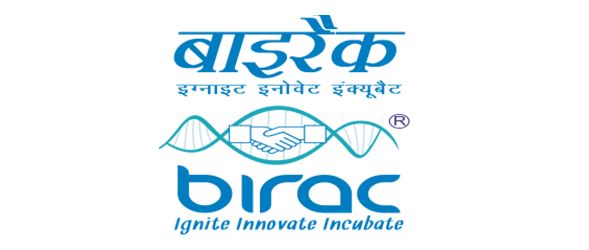
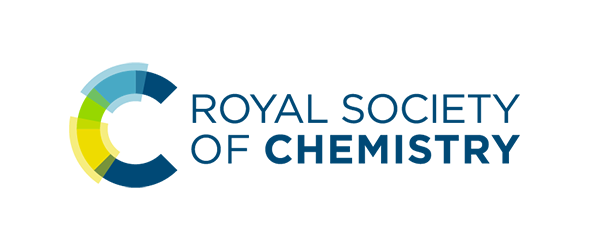

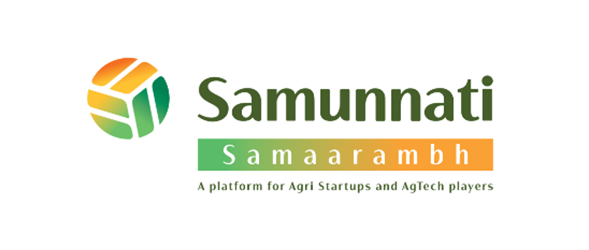
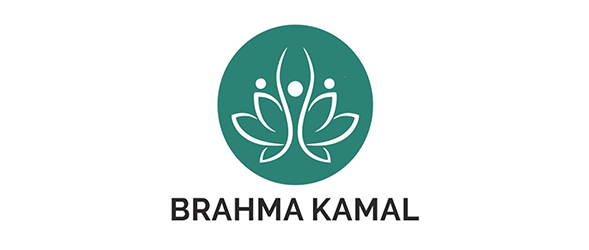


Attractions
Bhubaneswar :
Bhubaneswar has a significant place in Indian history and is renowned for being the “City of Temples.” Greater recognition as the state of Odisha’s capital. With a 2000-year-old, rich history, this location offers the ideal fusion of a traditional world with magnificent temples and brilliant architecture and a contemporary period with thriving business and trade.
Main attractions: Lingaraj Temple, Nandanandan Zoo, Udayagiri & Khandagiri, Santi Stupa
Puri :
Puri, which is situated on the Bay of Bengal, has a lovely environment with palm trees and shimmering waves along the shore. The city thrives with a variety of visitors, including pilgrims in the temples and beachgoers soaking up the sun, making it one of the most admired tourist destinations in not only India but the entire world. One of the Char Dham, or the four holiest pilgrimage destinations for Hindus, it draws a sizable audience each year during the spectacular Rath Yatra.
Main attractions: Shree Jagannath Temple, Sea Beach
Konark :
One of the most popular tourist destinations in East India is Konark since it is a significant cultural and historical landmark in India. The varied scenery of Konark is what makes it so beautiful. It is one of the best spots in the nation for a truly spiritual and out-of-the-ordinary trip because of its plethora of temples, museums, and beaches, which are scattered throughout and the Eastern Ghats silhouettes in the background.
Main attractions: Sun Temple, Sunrise at Chandrabhaga beach, Sunset at Astaranga beach.
Chilika Lake :
Chilika Lake is the largest brackish water lagoon in Asia and second largest coastal lagoon in the world, spread over the Puri, Khordha and Ganjam districts of Odisha state on the east coast of India, at the mouth of the Daya River, flowing into the Bay of Bengal, covering an area of over 1,100 square kilometres . The highly productive Chilika Lagoon eco-system with its rich fishery resources sustains the livelihood for many fishermen who live in and near the lagoon.
Main attractions: Kalijai Temple, Satapada, Nalabana Bird Sanctuary

